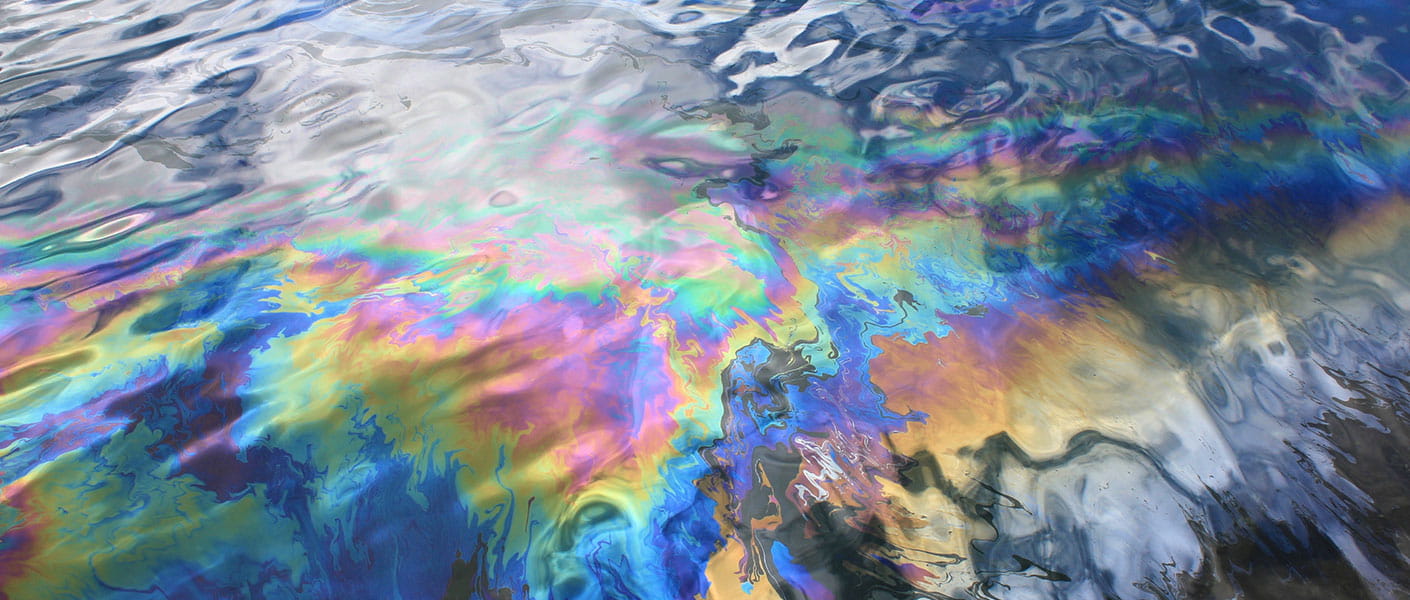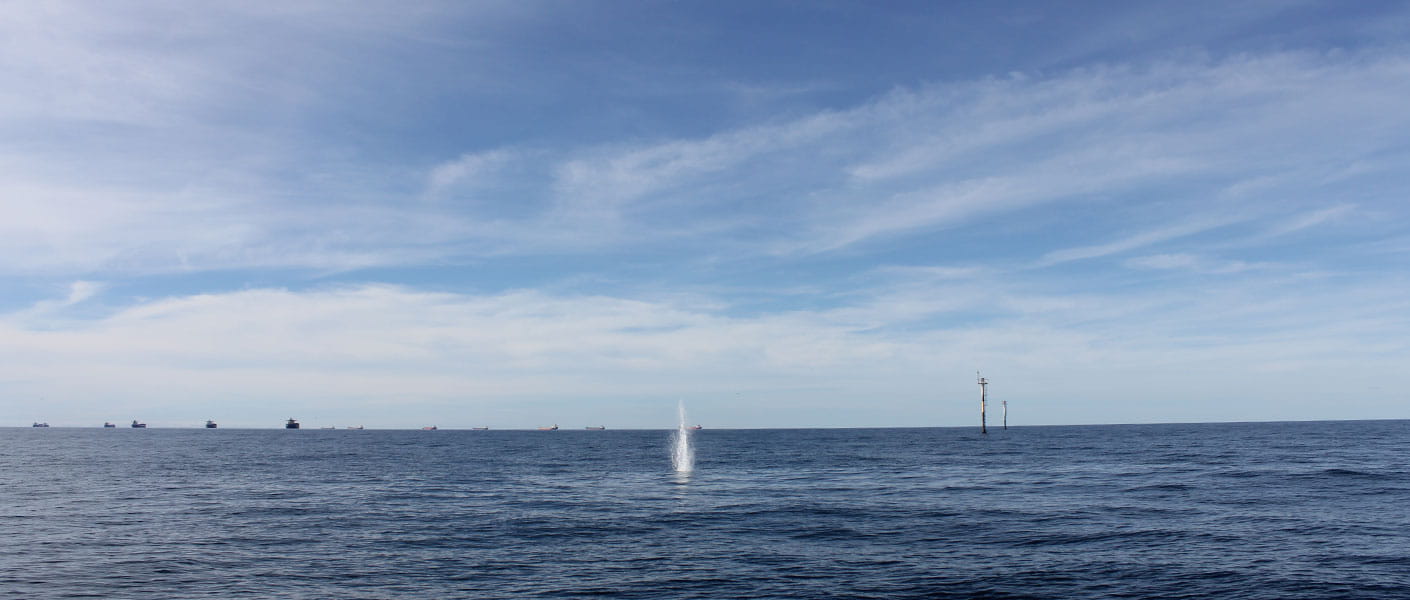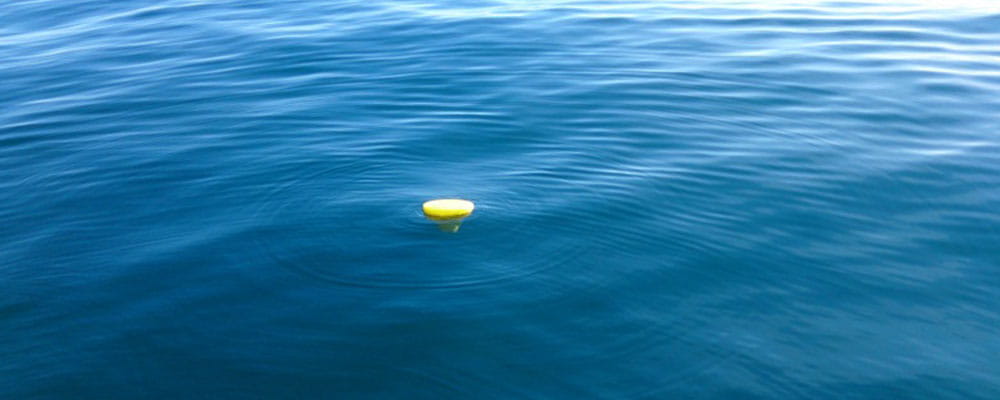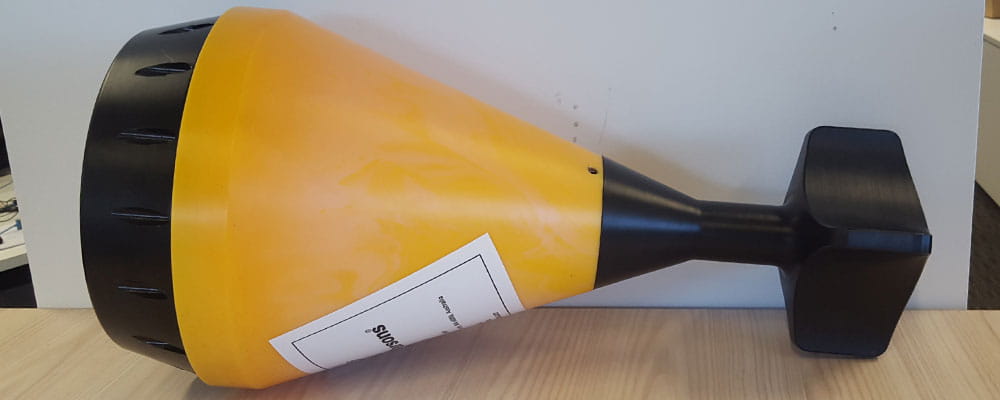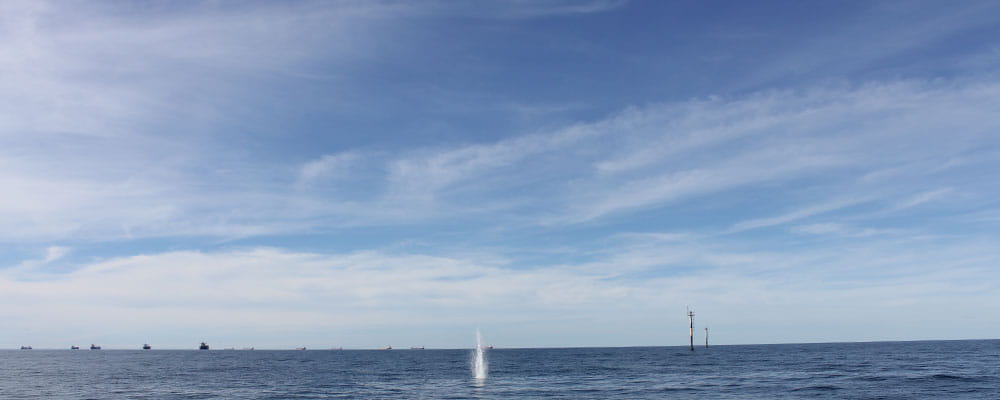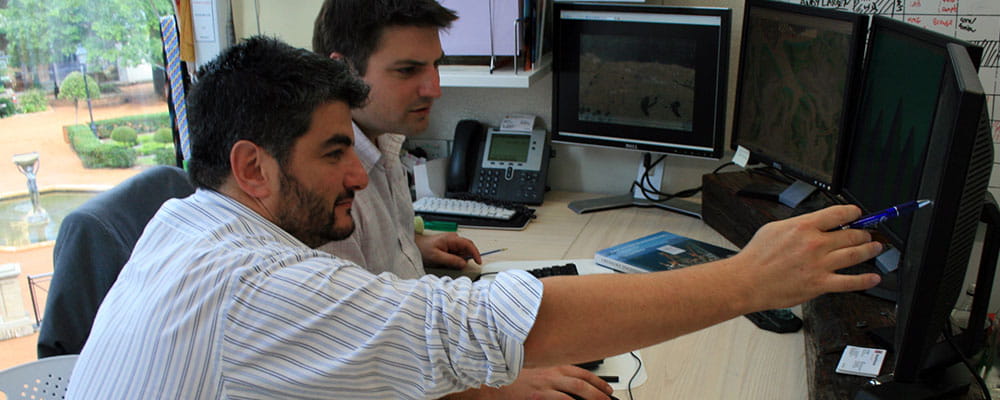The Deepwater Horizon oil spill presented an unprecedented threat to the Gulf of Mexico marine resources. It is the largest accidental marine oil spill in history, with almost 5 million barrels spilled.
Although the amount of oil gushing to the surface diminished after the well was capped, scientists did not stop gathering data, or looking for ways to avoid future disasters.
Both during and after the oil spill, researchers captured information about the way oil breaks down, dissipates, and bioaccumulates.
Their goal: to improve the technology used to mitigate the impact of such disasters.
Oil drifts along the surface of ocean water at 97% of current speed, but only a fraction of the wind speed. Therefore, it is essential to track the water currents, since they account for at least 95-98% of the ultimate oil spill trajectory.
Advisian designed, developed and now deploy Oil Spill Tracking Buoys (OSTBs) to accurately track a surface oil spill, with movement of the buoy limited to the metocean conditions found at the immediate air/sea interface and in the upper 0.5 m of the water column. For fast response, it can be deployed from a helicopter for oil spill response monitoring using satellite tracking modems. The buoy has close to zero windage, yet still sends and receives satellite GPS fixing data.
The main priority in the event of a spill is to accurately track its extent and trajectory to facilitate a rapid clean up.
Deploying the OSTB ensures that impact assessment activities and oiled wildlife operations are focused on the correct areas, helping to reduce the overall environmental impact of a spill.

